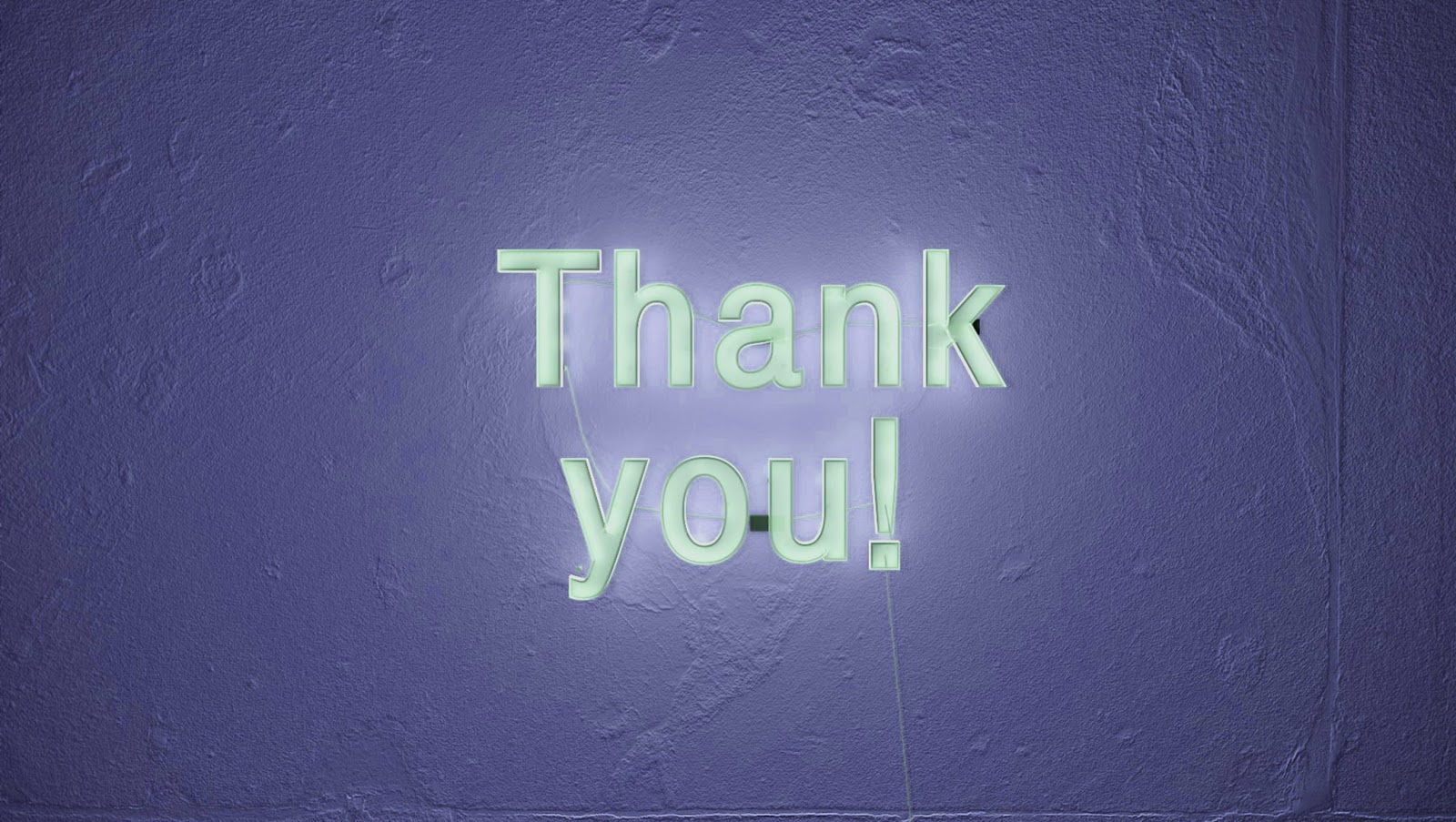As video professionals continue to settle into at-home workflows, now is a good time to take a step back and reexamine how we communicate with our team while remote.
Clear and effective communication keeps your team productively creative, and helps build trust with clients. So any positive investment into your communication will pay dividends to your daily workflow.
Thankfully, large productions and the corporate world already have robust best practices for project management and team communication that post-production teams can easily replicate. Though of course, almost any business or team can benefit from these tips.
While most of us are already moving to streamlined platforms like Slack and Frame.io, applying a few tweaks will make our remote team communication even more efficient. And when email is inescapable, as it often is, these tips will drastically improve our inbox experience.
So here are ten tips to help you communicate more effectively with your team while working remotely.
1. Create a Bias to Action
The number one piece of advice we can steal from large corporations is the “bias to action.” We’ve all seen messages that include phrases like “What do you guys think? If everybody says yes, we’ll move ahead.”
Then, eleven out of twelve people say yes, and you’re left waiting on the last one (usually that guy) to add their vote so you can move on.
To avoid this, try injecting a bias to action.
For example, instead of “what do you guys think?” say something like “if I haven’t heard a no by Wednesday at noon, I’ll execute this plan.”

Make sure you give everyone enough time and stay reasonable. Just saying “If nobody stops me in the next 30 minutes, I’m going to fire everyone” isn’t good communication, it’s office terrorism.
Bear in mind that this is more effective with people within your sphere of influence. You can’t just say “I’ll appoint myself CEO by Wednesday if you don’t all say no.” But, for things you can act on, you’ll get better traction by phrasing your message with a clear path forward to that action.
That way, you’ll give everyone a chance to provide input (if they want to) while allowing you to continue moving forward. And, best of all, it allows the recipients to approve by doing nothing.
Tip: When you set that action deadline for the team, add a calendar reminder for yourself and then keep moving when it arrives.
2. BLUF
BLUF is a military acronym for “bottom line up front.”
This refers to putting the “bottom line,” generally your ending summary or conclusion, at the top of the message instead of the bottom. This tactic is particularly useful in email communications, where people are more likely to skim.
To filmmakers (who love to open a film with a flash forward from later in the plot) this should make perfect sense. We’re probably all guilty of writing a few too many long emails filled with all the reasons why we want to do something a certain way, then ending it with “so let’s do X.”
But, if your team is already on-board with whatever “X” is, leading with the bottom line will save everyone’s time. If everyone knows the argument you’re making and they agree, they’ll just allow it after reading the first line. If they have a question, they can then read the rest of the message to see what they might be missing.

In reality, it’s rare that the supporting information is as useful as you think. Include it for those who want it, but put it further down so that busy decision makers can see the important information as early as possible.
3. Craft Your Subject lines
Subject lines are often irrelevant. If you email your client with the subject line “new creative revision” they’ll probably know what you’re talking about from the current context.
But if, in three weeks’ time, you want to retrace your steps to a particular client note from that thread, it’s going to be impossible to find. Word searches will likely come up with a dozen different subject lines that read “new creative,” and you’ll need to go through all of them manually to find what you’re looking for.
If you put more information than you think is necessary in all of your subject lines, your future self and collaborators will thank you for it. Think of it as a naming convention for your emails.
“Broadcast Commercial Creative Pitch Draft 7 2020-03-02 with lens flares” will be much more useful when the deadline is looming and you’re desperately searching for that director’s note.

4. Stop Hijacking Threads
If you’re in a 30-message-deep thread with a client about creative on their broadcast commercial project, don’t suddenly open a conversation about who’s going to cater next week’s web ad shoot.
This will make it impossible to find the response to that message when you need it later. You’ll see subjects about “broadcast commercial creative” and it’s likely that no-one will remember that the thread got hijacked with a catering conversation.
Tip: Never use the line “while I’ve got you” in an email. It’s a clear indicator you’re about to head off at a tangent.
5. Watch Your Tone
Unfortunately, typed communication is just not the best platform for conveying tone.
You might be able to approve a revision in person by saying “fine,” but do the same thing by Slack or email, and you’re likely to come across as passive-aggressive.
For better or for worse, it’s now considered appropriate to use emojis and animated GIFs to help convey tone in a business context.
With new clients, I’d suggest that you start slowly to assess the response. Introduce small emojis when necessary, then ramp them up when you’ve established a GIF communication technique.
I’ve got a studio client that I’ve known for five years and nearly half of our communication is now animated GIFs.

The key is to balance their use while still writing like a professional. Words should still be full words. “Sry yr edit late” is never acceptable, but “Sorry the edit is late. We’re having some issues wrangling the third act” followed by an animated GIF of a cat wrestling with a ball of yarn is.
6. Assume Every Message Is Public
A good friend of mine got their first job out of college at a law firm as an entry-level clerk. They spent an entire summer reading emails sent through a law firm’s servers looking for information relevant to a lawsuit.
To be clear, they were not reading emails that contained a specific keyword, or that were to or from a specific client, but every email. During a lawsuit, company documents are often opened to the court in a process called “discovery,” and while not every discovery is this broad, access to all digital communications is increasingly common.
Assume every single Slack, email, or any other business communication you write will someday be public. If not visible to a legal team, then at least to the IT department.
It’s easy to think that things like this don’t matter. Until they do. Keep your work inboxes and your personal inboxes separate, and keep all your work communications professional.
7. When to Use Reply-all
Business emails often default to reply-all, and this has led to a reputation for inbox clutter and irate “take me off this thread” responses.
But when used well, reply-all can be a valuable business tool for threads that everyone should be on.
Reply-all allows everyone in the list to hear what’s happening in a project without having to chime in or pass information onwards. If you’re working as a team, and someone else created a reply list, you should assume that this reply list was deliberate and use reply-all by default.
Conversely, replying-direct can be rude.
For example, if someone sends out an email that reads “folks, can we all get on zoom at 2 pm?” and you directly reply with “I can’t,” you’re putting the onus on the sender to find a new time, while leaving everyone else without context as to why 2 pm doesn’t work.
Using reply-all gives the rest of the group that vital shared information so you can work together to find a new time.
There are of course exceptions, such as politely letting someone know they’re incorrect without shaming them. But short of that, default to reply-all.
This is another occasion where threaded instant communication tools, like Slack, avoid some of the many disadvantages of email. Though keep in mind, if you directly message someone about a public thread, don’t be surprised if you have to repeat yourself when someone else asks the same question in a direct message to you.
When appropriate, keep all communication in the thread.
8. Show Yourself
When you’re working on remote projects, use a photo and your name to help people learn who you are.
A profile picture of a starfish and the account alias “Super Freak <partymonster74@aol.com>” might work with your friends, but it sets a bad tone at work.
If you don’t have a suitable photo, then try to use an image that reminds people of what you do or where you work.
Many organizations already have standards for account names, so when in doubt, check with your IT or HR teams.
9. Be Thankful
Thank-you messages still go a long way, especially in remote work scenarios when we’re all working extended hours.
One tip, when crafting your thank you messages, make them proportionate to the favor done, and let people know that their good deeds aren’t going unnoticed.

Gratitude (both given and received) has known benefits in all aspects of our lives. By letting the people you work with know that their contributions are valued, you’ll increase their sense of self-worth, and this will create a stronger, more connected team.
10. Be a Better Manager
While reading this article, you may have thought “but my client or boss does the opposite all the time!”
Even if that’s true, it doesn’t mean you should follow suit.
It’s everyone’s job to make working together as easy as possible. This is especially true if your boss is constantly hijacking threads with irrelevant conversations that you can never find later on.
We’ve all heard the phrase “be the change you want to see.” It’s trite, but still meaningful. You might not be able to influence your boss, but setting an example for the people who report to you will benefit your organization in the long-term, when your good habits become theirs.
Check out this TED Talk from Elizabeth Lyle outlining the importance of being a management role model.
Try ‘Em Out
Implementing these simple techniques will make communicating and creating with large teams much smoother. In post-production pipelines, where timelines are short, that extra boost to efficiency can make the difference between losing a contract or gaining a repeat client.
Try out these tips during your next project. They’ll help you and your team focus on creativity, instead of dredging the bottom of your inbox or trying to get twelve people to approve your next project milestone.
Have any other favorite tips you think we should add to the list? Let us know in the comments.




